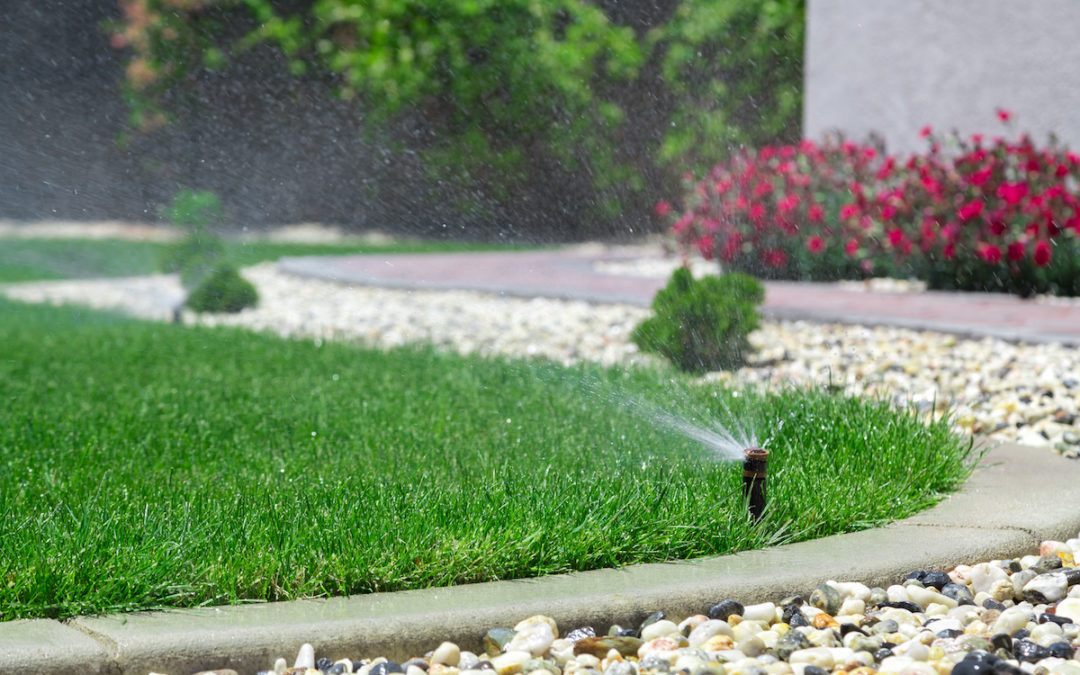There is no precise formula for watering landscape plants. A wide range of variables can influence when, how much and how to water: plant type, plant age (newly planted or not), soil type, microclimate, type of watering method used, etc. The suggestions for effective watering below are not all-inclusive, but hopefully, it’s a start down the right path.
- Always check to see if plants actually need water. To see if the soil is moist, dig down a few inches with a long screwdriver, survey stake or something similar. If resistance is felt several inches down, it’s time to water.
- Water in the morning or evening to conserve water (that said, watering when you have time is better than not watering at all).
- Water DEEPLY. Most people make the mistake of seeing the top of the soil become moist and assuming they have watered enough. In general, a hose (not a sprinkler) running normally for 2 minutes will apply 10 gallons of water. If you are hand-watering 10 seconds per shrub, you’re applying less than a gallon of water. To make sure water is being absorbed and not just sitting on the surface, water everything and then start over and do it all again. Deep, infrequent watering is much better for the health and establishment of plants.
- If you are using a sprinkler, spend some time calibrating it at the start of the season so you know how long it will need to run to apply an inch of water (directions can be found online).
- You can test how deep you have watered by using a soil probe or long screw driver an hour after watering. When you push the probe into the soil, it will go through moist soil easily and begin to give resistance when it hits dry soil.
- Soil type does have an impact on watering. Sandy soil will need to be watered more frequently than clay soil.
- Trees are best watered by putting a hose on trickle or a sprinkler on low volume and leaving it there for several hours. Tree gators or five gallon buckets with holes also work as they slowly release water over a period of time
- Add mulch, but not too much (there’s a tendency to over-apply). Applying 2-3 inches of organic mulch conserves moisture, slows evaporation, cools the soil and adds organic matter as the mulch decomposes.

- Group plants with similar water needs together.
- Don’t assume that because a plant is native or drought-tolerant it doesn’t need to be watered the first year or two of establishment. Planted in the landscape, it takes awhile for the roots to extend beyond the potting soil into existing soils.
- Don’t OVERwater. Automatic turf irrigation systems are most problematic in this regard. When soil is waterlogged, plant roots are starved of oxygen. Finding the balance between under-watering and overwatering can be tricky and, unfortunately, their symptoms are similar: leaves turn light green or yellow; leaves wilt; young shoots wilt. But using a soil probe (bullets above) should help determine soil moisture and you can also pay attention to “indicator plants” like gooseneck loosestrife, Heliopsis, bee balm and Rudbeckia. When they’re wilting, it’s time to water.
- Use a rain gauge and adjust watering accordingly. If you get 1 inch of rain in a week, you won’t need to water
- Most importantly, plant things that can survive long-term with minimal watering.

